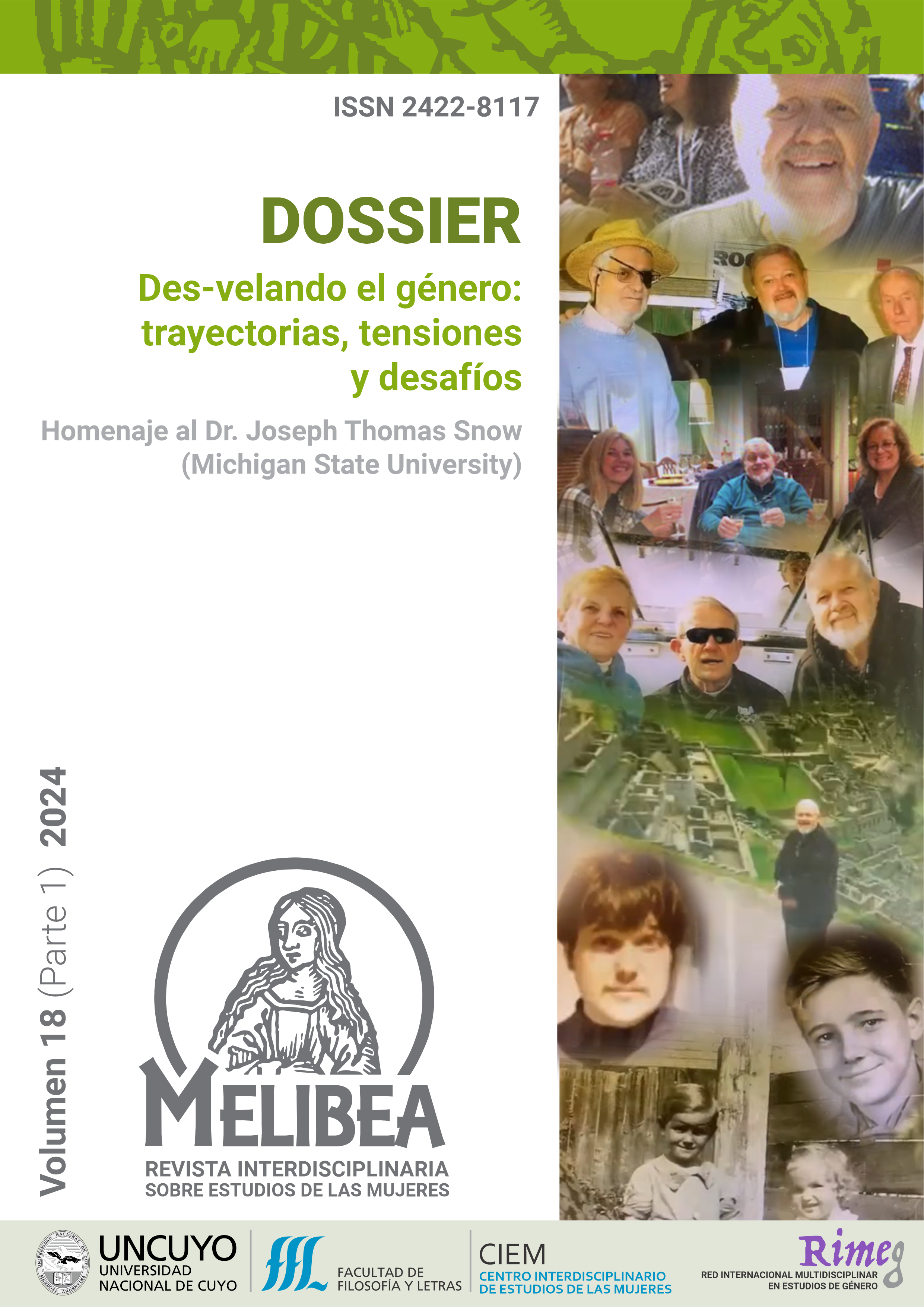The Sexual Relations of the Three Cousins in “La Celestina
Keywords:
Tragicomedy of Calisto and Melibea- Sexuality, hree cousins, Evolution, OriginalityAbstract
This research presents three sections in which the participation of the three cousins Lucrecia, Elicia and Areúsa in the version of the Tragicomedy of Calisto and Melibea is analyzed with regard to aspects of their sexualities. On the one hand, in the Tragicomedy the slow sexual awakening of Lucrecia, Melibea's maid, is highlighted through what she hears and sees during the sexual encounters of her mistress and Calisto. Secondly, Elicia's sexuality, her emotional instability and her jealous love for Sempronio, whom she calls “husband”, are addressed. Finally, the study focuses on the sexuality of Areúsa, a woman well known and desired by all men, in love with Pármeno, who reveals her desire to be Calisto's lover and asserts her sexuality in the acts in which she is the main character. The three cousins with their own personality and their own sexual development demonstrate the creative art and originality of the authors of the work.
References
Severin, D. S. (1995). La Celestina (Ed. con notas en colaboración de Maite Cabello). Altaya.
Snow, J. T. (2018). La cuestión peliaguda del tiempo en Celestina: propuesta de acotaciones escénicas. Celestinesca, 42, 269-290.
Downloads
Published
How to Cite
Issue
Section
License

This work is licensed under a Creative Commons Attribution-NonCommercial 4.0 International License.
Esta obra está bajo una Licencia Creative Commons Atribución-NoComercial 4.0 Internacional.
Los/as autores/as que publican en esta revista están de acuerdo con los siguientes términos:
1. Los/as autores conservan los derechos de autor y garantizan a la revista el derecho de ser la primera publicaci´´ón del trabajo bajo una licencia Creative Commons Atribución-NoComercial 4.0 Internacional. Por esto pueden compartir el trabajo con la referencia explícita de la publicación original en esta revista.
2. Revista Melibea permite y anima a los autores a difundir la publicación realizada electrónicamente, a través de su enlace y/o de la versión postprint del archivo descargado de forma independiente.
















